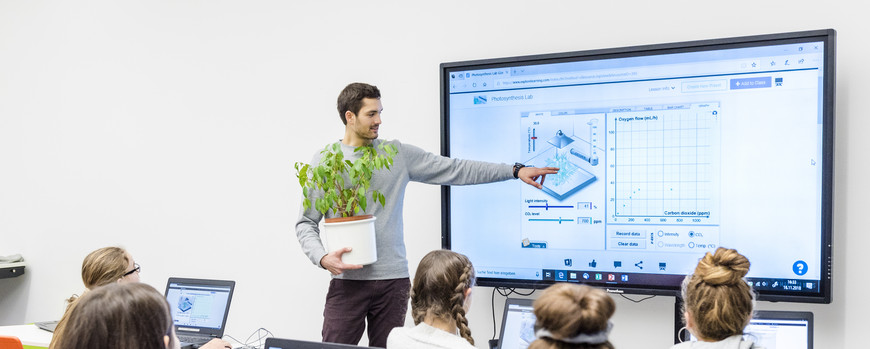Willkommen bei der Professur für Digitale Bildung
Herzlich Willkommen auf den Webseiten der Arbeitsgruppe Digitale Bildung am Department Erziehungswissenschaft. Die Arbeitsgruppe wurde 2022 mit Unterstützung durch die Hasso Plattner Stiftung neu an der Universität Potsdam eingerichtet. In der Lehre vertritt sie das Thema digitale Bildung in der bildungswissenschaftlichen Lehre in den Studiengängen des Strukturbereichs Erziehungswissenschaft sowie in der Lehrerbildung. In der empirisch-quantitativ ausgerichteten Forschung beschäftigt sich die Arbeitsgruppe mit der Untersuchung von Lern- und Lehrprozessen bei der Nutzung digitaler Medien, der Gestaltung lernwirksamer digitaler Lernmaterialien und digital gestützter Lehr-Lernkontexte sowie mit digitalisierungsbezogenen Kompetenzen von Lehrkräften im schulischen Kontext. Die Arbeitsgruppe fühlt sich der Einhaltung von Open Science Praktiken in der Wissenschaft und dem Transfer wissenschaftlicher Erkenntnisse in die Bildungspraxis verpflichtet. Sie kooperiert projektbezogen vor allem mit den Fachdidaktiken, der Informatik sowie der Computerlinguistik.






